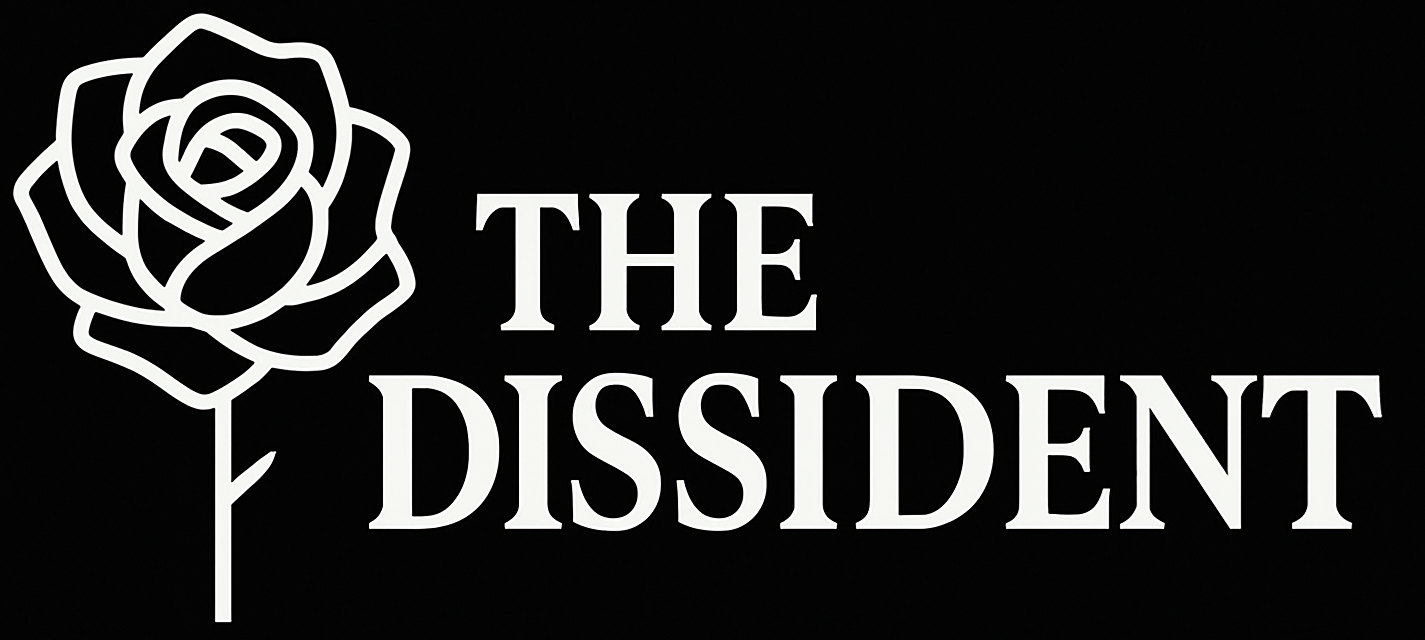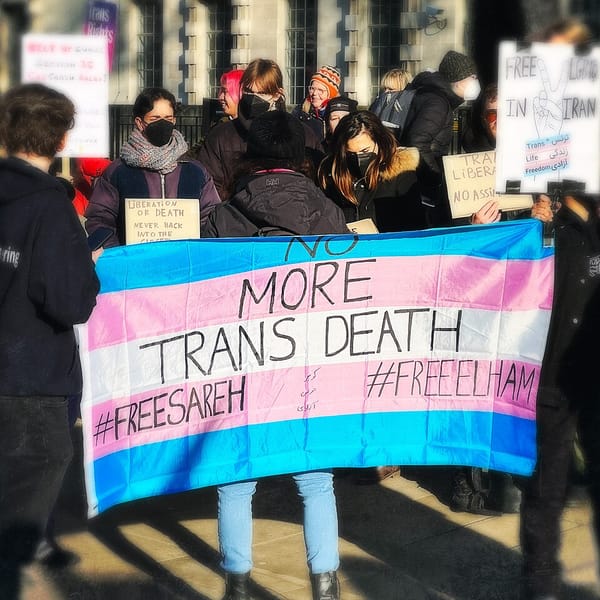Digital Necromancy in the Age of AI

Thanks to advances in AI, we are no longer allowed to truly die. The peace of the grave and the finality that defines the human condition are all being sacrificed on the altar of artificial intelligence. We are normalizing digital necromancy, a grotesque spectacle where the dead are reanimated as hollow puppets, forced to speak the words of the living. This is not progress; it is a fundamental assault on our humanity, a desperate, technologically enabled refusal to accept the reality of loss or to engage in the most of human of acts, which is processing grief.
We are witnessing the immediate commodification and trivialization of death, accelerated by the capabilities of generative AI. Recent examples in just the past week are already appalling, ranging from the bizarrely tasteless to the profoundly exploitative.
Following the death of metal icon Ozzy Osbourne, Rod Stewart chose to "honor" him at a concert not with a heartfelt anecdote or a respectful silence, but with absurd AI-generated video depicting Osbourne in a cartoonish version of heaven, wielding a selfie stick and posing alongside other deceased legends like Kurt Cobain, Freddie Mercury, and Amy Winehouse.
This isn't a tribute; it's a tasteless horror show that is as disturbing as it is cringe. It reduces complex cultural icons to flattened digital avatars, creating a digital marionette that serves at the pleasure of the living. It also underscores a terrifying new reality: your likeness is no longer your own, even in death. You are simply data waiting to be deployed as a prop in someone else's performance.
But this carnival of the macabre extends far beyond aging rock stars; it has taken on a horrifying dimension in the news space. On August 4th, former CNN journalist Jim Acosta publicized what he called a "one of a kind interview." His guest was supposedly Joaquin Oliver, a teenager murdered in the 2018 Parkland school shooting. It wasn't him but rather, it was a poorly AI- generated avatar of him.
Acosta questioned a digital facsimile of a dead child with a robotic voice and speaking style reminiscent of ChatGPT, especially the wonky questions in every answer. The footage is deeply unsettling and, frankly, revolting. The AI generated footage of Joaquin was so unnatural and clearly fell into the uncanny valley. While the avatar was created by Oliver’s grieving parents with the noble intention of gun control advocacy, the method is profane and disrespectful. This is not Joaquin Oliver. It is a sophisticated deepfake wearing his face, a ghastly marionette ventriloquizing the agenda of the living.
The ethical Pandora's Box this opens is terrifying. If we can resurrect a murdered child to advocate for gun control, what stops political opponents from resurrecting him to argue the opposite? The dead cannot consent. They cannot correct the record, protest their exploitation, or demand context. They become eternal tools, their images hijacked by whatever cause finds their resurrection useful. This is not remembrance; it is exploitation, paving the way for a future where the dead are endlessly conscripted into the battles of the living.
This ghoulish tech is rapidly becoming normalized even in what is supposed to be the most intimate levels of grief. Funeral homes, in their corporate driven zeal to optimize the business of death, are now outsourcing eulogies and obituaries for the dead to AI. Citing efficiency, staffing shortages, and the emotional burden on families, the industry is adopting tools like ChatGPT to generate obituaries and eulogies.
While the argument by many is efficiency; the reality is an emotional lobotomy. An AI-written eulogy is not a tribute, it's effectively a form letter filled with flowery language and sanitized generalizations. AI effectively "airbrushes" the raw imperfections that make us human of both the writer and the person being described.
It robs us of the catharsis of memory, the uniquely human struggle to find words for the unspeakable. The act of writing an obituary is an essential part of the grieving process, sifting through memories, finding the narrative of a life that is often far too complex to put down to pen and paper. By automating our grief, we cheapen it. We turn the sacred act of saying goodbye into a simple transaction, prioritizing convenience over connection to others.
This is the insidious heart of the emerging "Grief Tech" industry. It promises presence but delivers a hollow simulacrum. It offers a sanitized, controllable version of the deceased. a digital ghost that will never challenge us, never surprise us, and never force us to confront the agonizing reality of absence that accompanies the death of a loved one.
We must reject this grotesque abuse of AI. By refusing to let the dead rest, we are dehumanizing the living. We are trading the painful, vital process of mourning for a shallow digital puppet show. The silence of the dead is not a vacuum to be filled by algorithms; it is a profound, final statement. To violate that silence is not innovation, it is a desecration of our very humanity.





